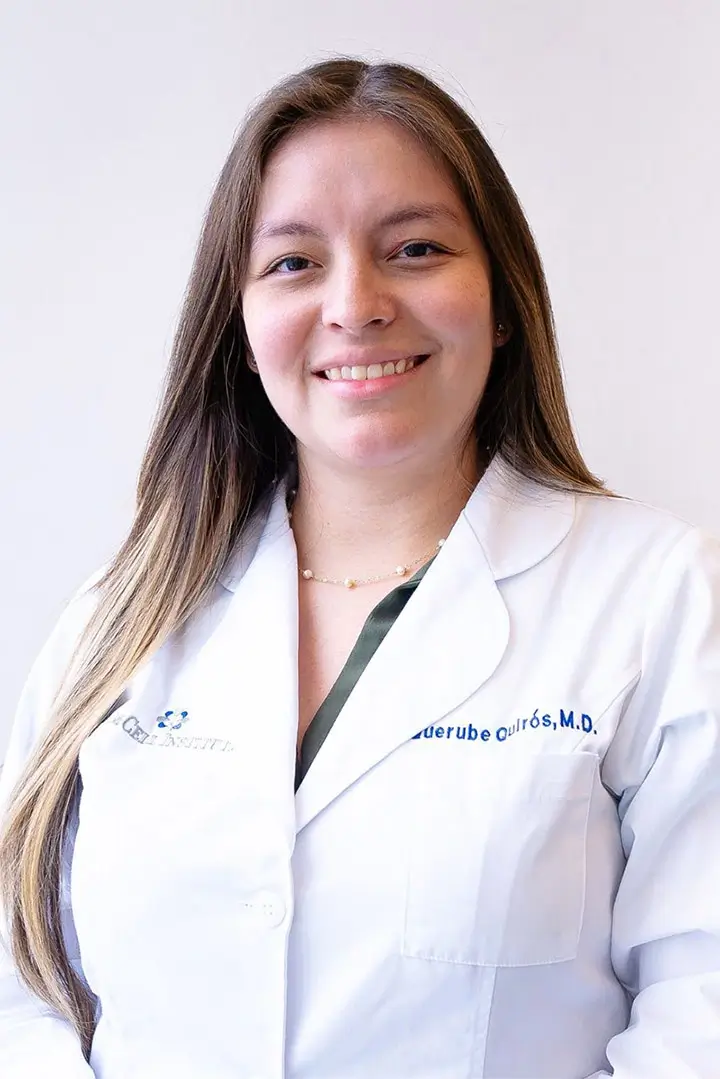Medistem Inc announced today treatment of 3 heart failure patients in the Non-Revascularizable IschEmic Cardiomyopathy treated with Retrograde COronary Sinus Venous DElivery of Cell TheRapy (RECOVER-ERC) trial. The trial is aimed at assessing safety and efficacy of the company’s Endometrial Regenerative Cell (ERC) stem cell product in 60 heart failure patients who have no available treatment options. The cells were discovered by Dr. Neil Riordan and the team at Medistem. The “Universal Donor” adult stem cells will be administered using a novel catheter-based retrograde administration methodology that directly implants cells in a simple, 30 minute, procedure.
“We are honored to have had the opportunity to present at the prestigious Cardiovascular Stem Cell Research Symposium, alongside companies such as Athersys, Aastrom, Pluristem, Cardio3, Cytori, and Mesoblast,” stated Thomas Ichim, CEO of Medistem. “The RECOVER-ERC trial is the first trial combining a novel stem cell, with a novel administration procedure. Today cardiac administration of stem cells is relatively invasive and can only be performed at specialized institutions, we feel the retrograde procedure will circumvent this hurdle.”
Medistem has been focusing on the endometrium because this is a unique tissue in that it undergoes approximately 500 cycles of highly vascularized tissue growth and regression within a tightly controlled manner in the lifetime of the average female. One of the first series of data describing stem cells in the endometrium came from Prianishnikov in 1978 who reported that three types of stem cells exist: estradiol-sensitive cells, estradiol- and progesterone-sensitive cells and progesterone-sensitive cells.
Interestingly, a study in 1982 demonstrated that cells in the endometrium destined to generate the decidual portion of the placenta are bone marrow derived, which prompted the speculation of a stem cell like cell in the endometrium. Further hinting at the possibility of stem cells in the endometrium were studies demonstrating expression of telomerase in endometrial tissue collected during the proliferative phase. One of the first reports of cloned stem cells from the endometrium was by Gargett’s group who identified clonogenic cells capable of generating stromal and epithelial cell colonies, however no differentiation into other tissues was reported. The phenotype of these cells was found to be CD90 positive and CD146 positive. The cells isolated by this group appear to be related to maintaining structural aspects of the endometrium but to date have not demonstrated therapeutic potential. In 2007, Meng et al, used the process of cloning rapidly proliferating adherence cells derived from menstrual blood and generated a homogenous cell population expressing CD9, CD29, CD41a, CD44, CD59, CD73, CD90, and CD105 and lacking CD14, CD34, CD45 and STRO-1 expression. Shortly after, Patel’s group reported a population of cells isolated using c-kit selection of menstrual blood mononuclear cells. The cells had a similar phenotype, proliferative capacity, and ability to be expanded for over 68 doublings without induction of karyotypic abnormalities. Interestingly both groups found expression of the pluripotency gene OCT-4 but not NANOG. More recent investigations have confirmed these initial findings. For example, Park et al demonstrated that endometrial cells are significantly more potent originating sources for dedifferentiation into inducible pluripotent cells as compared to other cell populations. Specifically, human endometrial cells displayed accelerated expression of endogenous NANOG and OCT4 during reprogramming compared with neonatal skin fibroblasts. Additionally, the reprogramming resulted in an average colony-forming iPS efficiency of 0.49 ± 0.10%, with a range from 0.31-0.66%, compared with the neonatal skin fibroblasts, resulting in an average efficiency of 0.03 ± 0.00% per transduction, with a range from 0.02-0.03%. Suggesting pluripotency within the endometrium compartment, another study demonstrated that purification of side population (eg rhodamine effluxing) cells from the endometrium results in a population of cells expressing transdifferentiation potential with a genetic signature similar to other types of somatic stem cells.
Given the possibility of ERC playing a key role in angiogenesis, Murphy et al utilized an aggressive hindlimb ischemia model combined with nerve excision in order to generate a model of limb ischemia resulting in limb loss. ERC administration was capable of reducing limb loss in all treated animals, whereas control animals suffered necrosis. In the same study, ERC were demonstrated to inhibit ongoing mixed lymphocyte reaction, stimulate production of the anti-inflammatory cytokine IL-4 and inhibit production of IFN-g and TNF-alpha. It is important to note that the animal model involved administration of human ERC into immunocompetent BALB/c mice. The relationship between angiogenesis and post myocardial infarct healing is well-known. Given previous work by Umezawa’s group demonstrating myocytic differentiation of ERC-like cells, administration of ERC into a model of post infarct cardiac injury was performed. Recovery was compared to bone marrow MSC. A superior rate of post-infarct recovery of ejection fraction, as well as reduction in fibrosis was observed with the ERC-like cells. Furthermore, it was demonstrated that the cells were capable of functionally integrating with existing cardiomyocytes and exerted effects through direct differentiation. The investigators also demonstrated in vitro generation of cardiomyocyte cells that had functional properties.
The RECOVER-ERC TRIAL that has begun will recruit 60 patients with congestive heart failure, which will be randomized into 3 groups of 20 patients each. Group 1 will receive 50 million ERC, Group 2 will receive 100 million and Group 3 will receive 200 million. Cells will be administered via catheter-based retrograde administration into the coronary sinus, a 30 minute procedure developed by Dr. Amit Patel’s Team. Each group will comprise of 15 patients receiving cells and 5 patients receiving placebo. Efficacy endpoints include ECHO and MRI analysis, which will be conducted at 6 months after treatment. The trial design is similar to the recent Mesoblast Phase II cardiac study, in order to enable comparison of efficacy.

